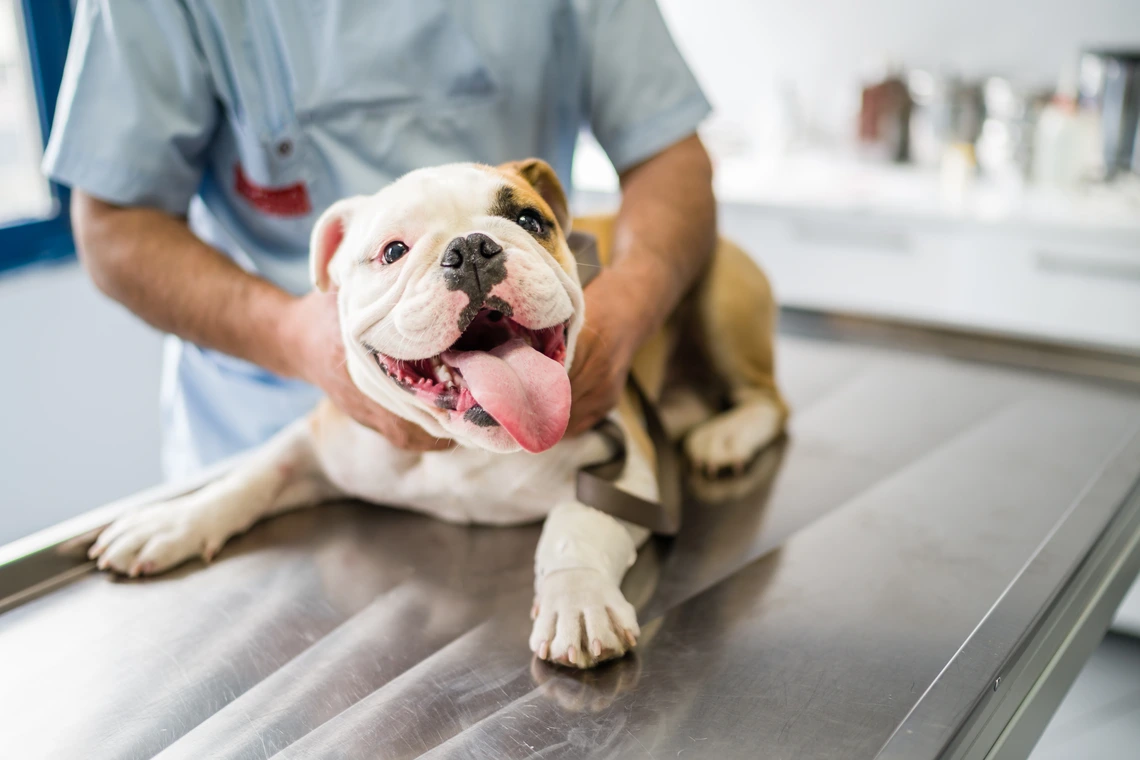The Impact of Simulation Training on Anesthetic Skills in Veterinary Medicine
Research conducted by members of the surgical instruction team has spotlighted the transformative power of simulation-based training in shaping the competence and confidence of future veterinarians.

Unsplash
Faculty at the University of Arizona College of Veterinary Medicine are dedicated to advancing veterinary education through evidence-based practices. Research conducted by members of the surgical instruction team has spotlighted the transformative power of simulation-based training in shaping the competence and confidence of future veterinarians.
This study, published in Frontiers in Veterinary Science, was designed to explore the efficacy of simulation training in honing the anesthetic skills of veterinary students. Aiming to bridge the gap between students’ theoretical knowledge and their practical skills, the researchers studied how students with varying levels of prior anesthetic experience develop new skills.
Their findings affirm that simulation training plays an indispensable role in developing anesthetic skills. Even students with no prior exposure to clinical anesthesia ultimately displayed proficiency similar to their more seasoned counterparts, a testament to the efficacy of simulation training in nurturing skill acquisition and competence.
Simulation training helps students develop skills in a diverse range of anesthesia tasks. From pressure-checking anesthesia machines to executing complex procedures, students were guided through a spectrum of simulated scenarios, mirroring real-world clinical encounters. They found that this immersive approach not only bolsters technical proficiency but also instills a sense of confidence and preparedness.
By shedding light on the potential in simulation training, the research helps pave the way for an expanded research agenda aimed at refining and augmenting anesthesia and surgical simulation programs. Armed with evidence, educators are more empowered to innovate and optimize training methodologies, ensuring the next generation of veterinarians has more opportunities to develop vital skills and enter their communities as day-one-ready veterinarians.
We spoke with Dr. Fernando Amitrano, Assistant Professor of Practice, about the study and its future applications.
What inspired the research team to study this topic?
FA: We decided to perform this study to address the magnificent learning impact that simulation has in training veterinary students. As there is a lot of information for humans, we are limited in studies regarding the impact of simulation scenarios in veterinary medicine.
Can you give a brief overview of what the research team found?
FA: We found that our simulation program exposes students to a variety of anesthesia tasks, when we compared the final performance of students with no previous experience in anesthesia, we saw that they were able to perform at the same level as students with prior experience.
What impacts do you hope the study's findings will have?
FA: [We hope to] expand the research aspect of simulation training in veterinary medicine and to look for more ways of improving anesthesia and surgical simulation training for veterinary students, to refine and promote the development of multiple skills they will require after they become veterinarians.
